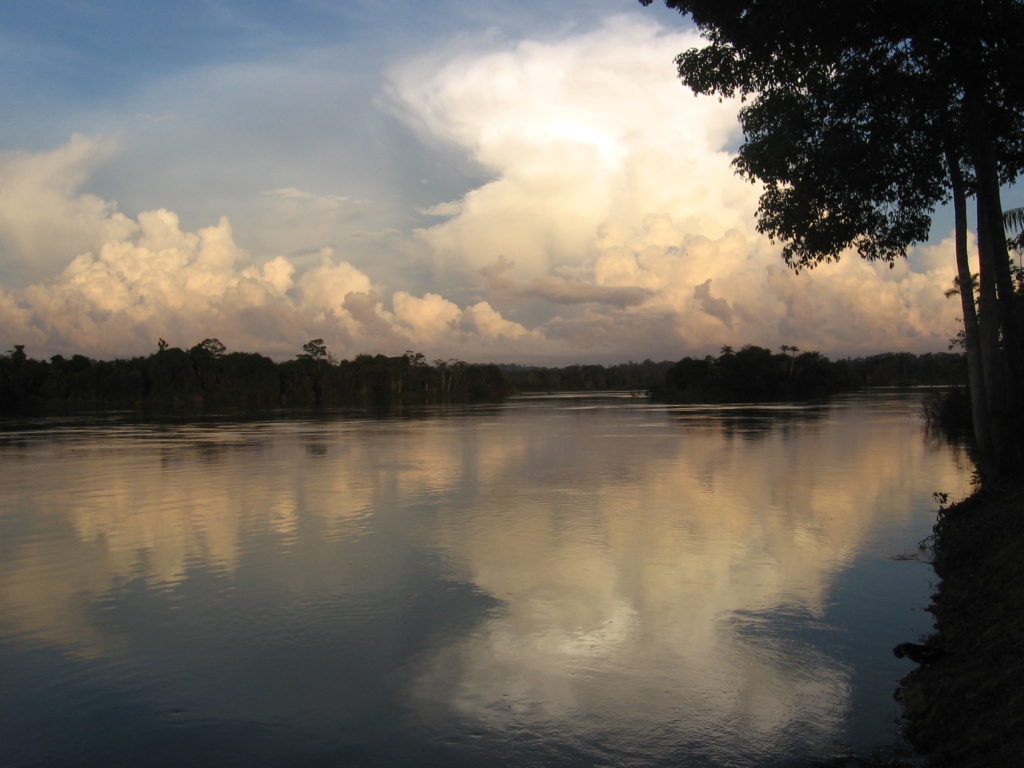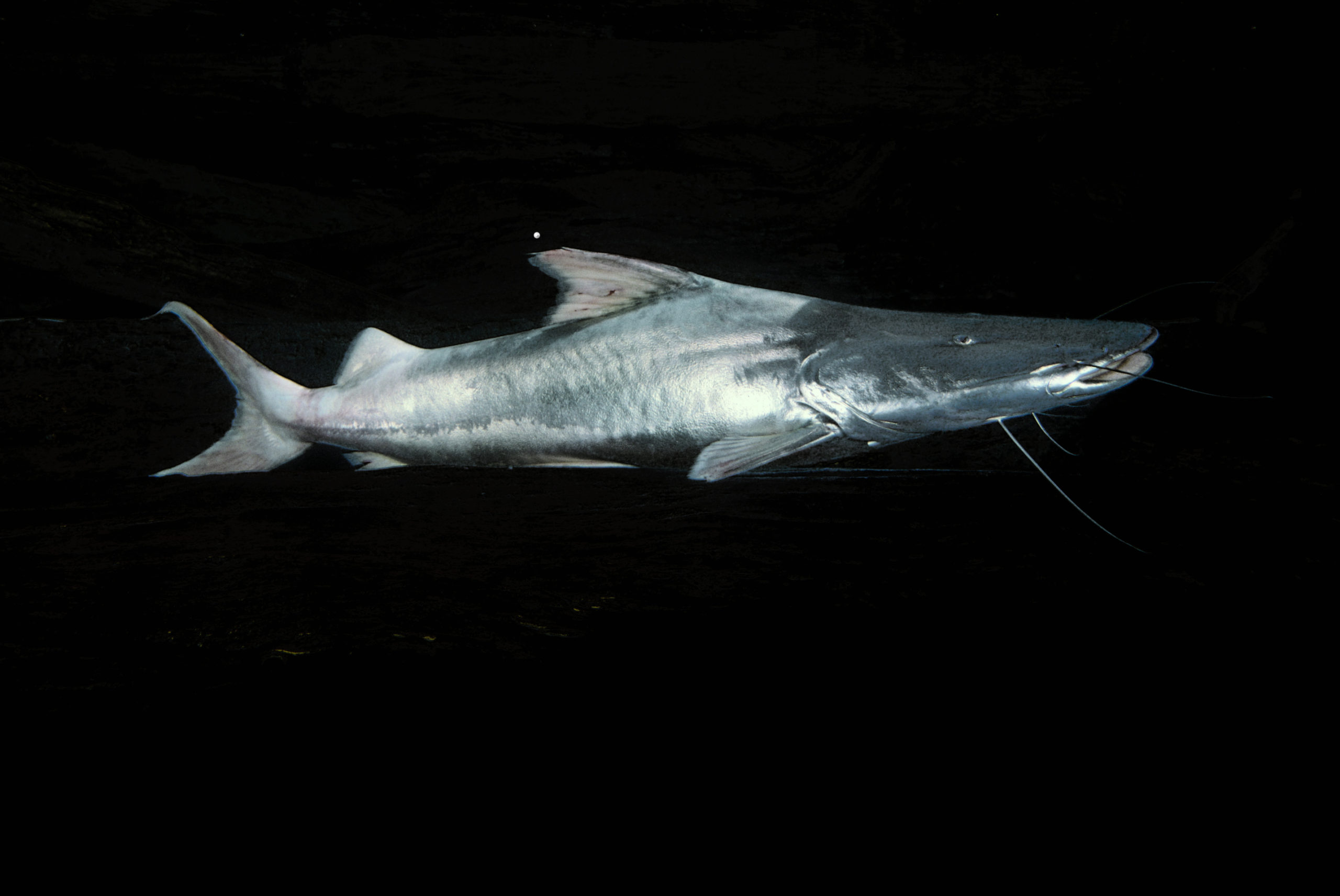The Dorado catfish travels almost 7,200 miles up and down the Amazon River. Its life cycle relies on the free flow of this freshwater ecosystem.
Versão em português linkada aqui (Portuguese version)
One of the three goliath catfish in the Amazon River, the Dorado catfish (Brachyplatystoma rousseauxii) is leathery with a metallic coloration. Fishermen and scientists always suspected this mustached fish, highly appreciated for its flesh, was capable of long migrations. But unlike other commonly researched fish, like the salmon, there was no data about the Dorado catfish and its habits.
For decades, the Emilio Goeldi Museum biologist Ronald Barthem and the Wildlife Conservation Society (WCS) researcher Michael Goulding have roamed along the rivers of the Amazon to learn more about this metallic fish and its migration.
“It’s a big fish, with a maximum known adult fork length (FL) of 60–280 cm. It has a torpedo shape and swims better because of it. Although its figure can be taken for granted, they’re built to make long trips”, Barthem explained.
By linking the distribution of larval, juvenile and mature adult size classes across the Amazon, the scientists figured out the record: the Dorado catfish was found to have a life-cycle migration of approximately 11,600 kilometers (more than 7,200 miles).
According to a study published in Nature Magazine in 2017, it is possible to connect all the different life phases of the Dorado catfish to particular spots in the Amazon River, which shows the undeniable bio-connectivity of this freshwater ecosystem and its inhabitants:
“Thinking about conservation, this migration shows the reality of the ecological connectivity of the Amazon River. Its heads, length and estuary are all interconnected”, explains Goulding. “Everyone suspected it, but science needs to prove it. The Dorado catfish migration is the proof.”

With the help of researchers, International Rivers compiled this list of some of the Dorado catfish’s features and its migration:
– The Dorado catfish is the fish with the longest strictly freshwater migration in the world: it travels around 11,600 km (more than 7,200 miles). Other Amazon catfishes, like the Brachyplatystoma juruense and Brachyplatystoma vaillantii, also perform long migrations, but none as far as the Dorada.
– Dorado catfish are born in the headwaters of the Andes, on the Marañon River (Peru), one of Amazonas river tributaries. The juvenile fish are carried downstream, growing and feeding on river sediments.
– After a downriver journey of 1,000 kilometers, passing through countries such as Peru and Bolivia, the fish arrives in the Brazilian Amazon estuary. For two or three years, the fish feeds in the highly organic area, eating prey such as crustaceans and fishes.
– Bigger and bolder, the fish began its journey upriver to breed. The Dorado catfish continues to grow, eating other migratory fish in its journey. In the Andes they spawn, but the precise location is unknown due to the turbulent waters.
– The main threats to Dorado catfish are current and planned dams stopping the free flow of the rivers, like the Santo Antônio Dam in Madeira river. The Dorado catfish is commercially exploited by the Brazilian, Peruvian, Colombian, and Bolivian fishing fleets. This heavy fishing pressure is currently very difficult to regulate.
Featured Photo by Michael Goulding

